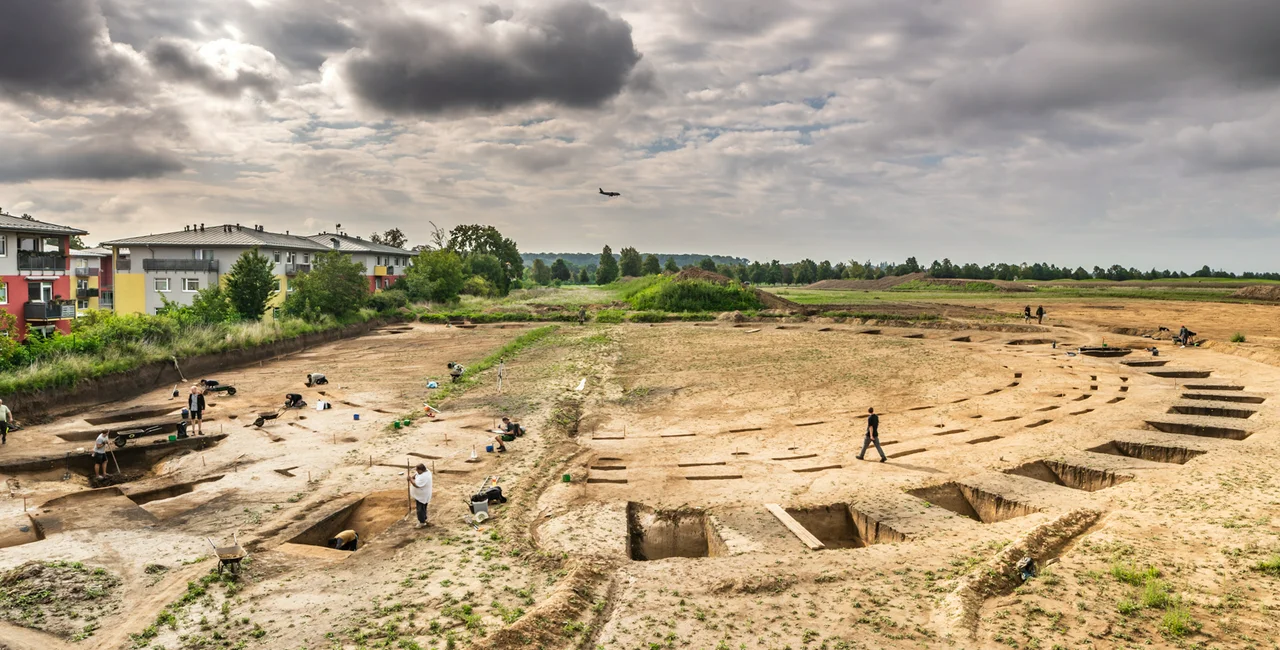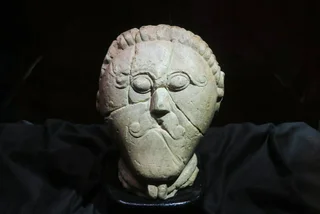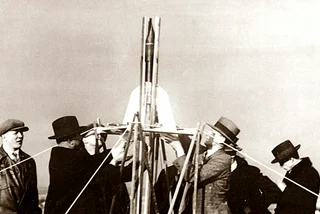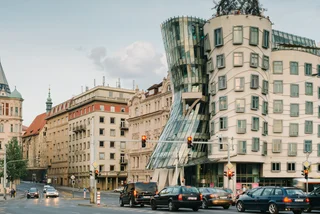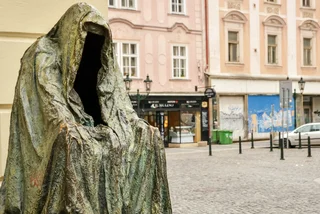The outskirts of Prague have an important archaeological site that is older than Stonehenge. Scientists have just finished examining the site of a monumental building dating to the Stone Age and have turned over the most important finds to the National Museum.
The site is what is left of a rondel, a round fortified structure, built around 7,000 years ago out of wood with primitive tools. The photos of the site in Prague’s Vinoř district, which have just been released by the Czech Academy of Science (AV ČR), lead to more questions than answers.
The first mention of Vinoř as a village comes from the 11th century A.D. as a stop on the road between Prague and Stará Boleslav. But the first actual settlement was thousands of years earlier.
Site's purpose remains a mystery
“It resembles the world-famous English monument Stonehenge, but it is 1,500 years older. What was the prehistoric rondel on the edge of Vinoř used for? Could it have performed religious functions, or was it perhaps the daily meeting place of our ancient ancestors? Who built this circular structure and why?” the AV ČR said on its website.
Other possible uses for the site were as a marketplace or a sports arena. The objects found at the site include decorated pottery fragments, stone axes, and bone awls. As this was a Stone Age site, no metal objects were found.
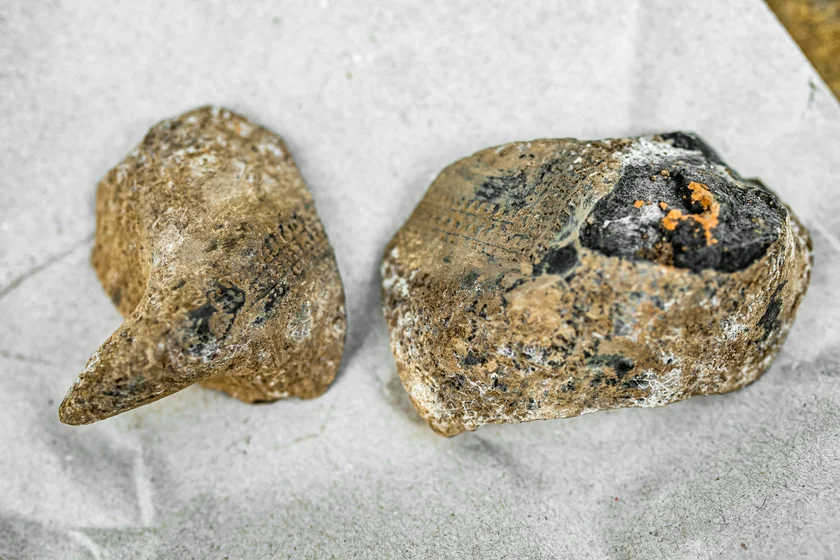
Due to how the pottery was decorated, the people who made it are known as the Linear Pottery Culture or Incised Pottery Culture. Important sites for this group can also be found in Germany, Austria, Slovakia, and Poland.
The scientists from the Prague Institute of Archaeology began excavating the Vinoř site in July 2022 and will now start looking for answers as they compile a final report on their research.
Most of the site was exceptionally well preserved, especially considering that it was in a city. Photos show that just a small arc of the rondel’s circle was apparently destroyed to make way for housing before the significance of the site was realized.
Now that the research has ended, the site will be covered over and much of the nearby area will be developed for housing. An information sign and a small trail are planned at the location of the main moat.
The rondel site is not open to the public, though it can be seen from a distance. Vinoř does have a nature reserve called Vinořský park with hiking trails, stone formations, small caves, ponds, and the buried site of another ancient settlement. The Ctěnice Chateau and the surrounding park, operated by the Prague City Museum, are also nearby.
About 200 rondels, ranging from 30 meters to 220 meters in diameter, are known in Europe, and some 35 of them are in Czechia.
“The Vinoř rondel has a diameter of 55 meters and is unusual in its layout because it is one of the few that has three entrances,” field research head Miroslav Kraus said in September. The entrances to the central space face north, southwest, and southeast. Other rondels typically had two or four entrances, oriented either east and west or by the four cardinal compass points.
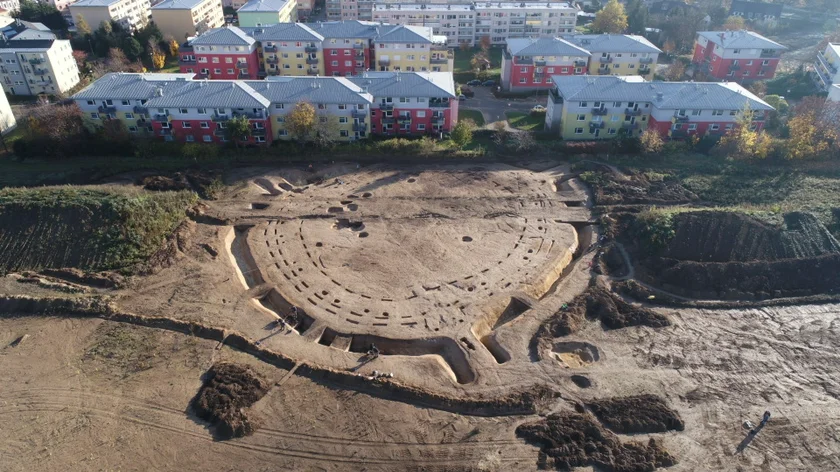
The main site consists of an outer moat with a pointed bottom surrounding three circular grooves. The grooves would have supported a palisade, a wooden wall that was part of the central structure. For comparison, the inner stone circle at Stonehenge has a diameter of 33 meters and the outer ring has a diameter of 110 meters.
Unusual design with three entrances
In most cases, only the remains of a moat or even several moats that would have surrounded the rondel are found. “The three preserved grooves are to a large extent a surprise to us because the original terrain has changed significantly in the last seven thousand years,” Kraus said.
The original designs of the rondels are open to speculation, as only the outlines of the floors survive. Outside the moat, there was probably a rampart made from the excavated material.
Jaroslav Řídký from the Prague Institute of Archeology has been dealing with the topic of rondels for a long time. He estimated that about 90 percent of the total floor plan survived, which was unusual. “This is an extraordinary opportunity for archaeology,” he said. There are only 10 similar finds in Europe, he added.
Site was first discovered in the 1980s
The Vinoř rondel was discovered in the 1980s during utility construction. Scientists first had the opportunity to examine a small part 10 years later. A survey mapped out the measurements of the overall shape of the building and its immediate surroundings.
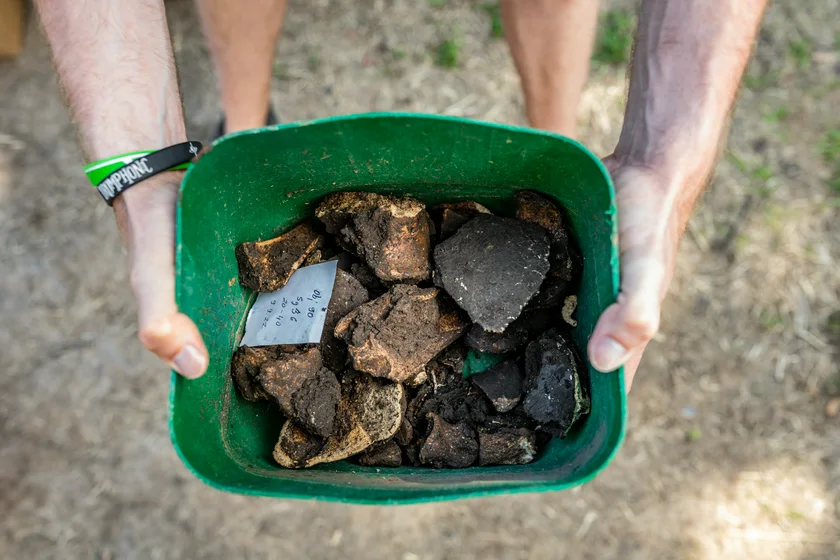
Radiocarbon dating of objects found in other rondels places them between 4850 B.C. and 4600 B.C. This makes them the oldest monumental buildings in Europe. Dates for the Vinoř rondel have not yet been exactly determined but it seems to fall in this range, based on the pottery finds.
Previous research showed that there was a neolithic settlement inhabited for at least 300 to 400 years northeast of the rondel next to a small pond and other settlements within a radius of five kilometers.












 Reading time: 4 minutes
Reading time: 4 minutes 